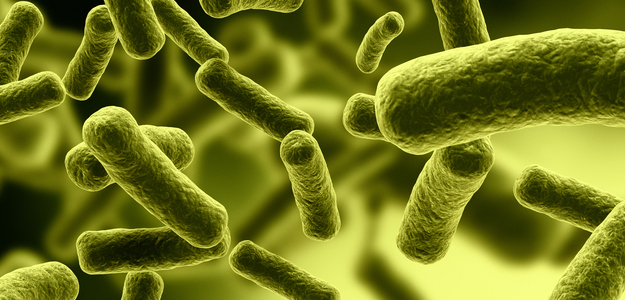
Mayer, R., Bofill-Mas, S., Egle, L., Reischer, G., Schaden, S., Fernandez-Cassi, X., Fuchs, W., Mach, R. L., Lindner, G., Kirschner, A. K. T., Gaisbauer, M., Piringer, H., Blaschke, A., Gironés, R., Zessner, M., Sommer, R. and Farnleitner, A. H. 2016
Occurrence of human-associated Bacteroidetes genetic source tracking markers in raw and treated wastewater of municipal and domestic origin and comparison to standard and alternative indicators of faecal pollution.
Water Research, 90, 265-276. Vierheilig, J, Savio, D., Ley, R. E., Mach, R. L., Farnleitner, A. H. and Reischer, G. H. 2015
Potential application of next generation DNA sequencing of 16SrRNA gene amplicons in microbial water quality monitoring.
Water Science and Technology, 72(11), 1962-1972. Reischer, G. H., Ebdon, J. E., Bauer, J. M., Schuster, N., Ahmed, W., Åström, J., Blanch, A. R., Blöschl, G., Byamukama, D., Coakley, T., Ferguson, C., Goshu, G., Ko, G., de Roda Husman, A. M., Mushi, D., Poma, R., Pradhan, B., Rajal, V., Schade, M. A., Sommer, R., Taylor, H., Toth, E. M., Vrajmasu, V., Wuertz, S., Mach, R. L. and Farnleitner, A. H. 2013
Performance assessment of qPCR assays targeting human- and ruminant-associated Bacteroidetes for microbial source tracking across sixteen countries on six continents.
Environmental Science and Technology, 47 (15), 8548–8556. Vierheilig, J., Farnleitner, A.H., Kollanur, D., Blöschl, G. and Reischer, G.H. 2012
High abundance of genetic Bacteroidetes markers for total fecal pollution in pristine alpine soils suggests lack in specificity for feces.
Journal of Microbiological Methods, 88 (3) 433-435. Prof Andreas Farnleitner
Contact
Doctoral Programme on Water Resource Systems
Tel.: + 43-664-60588-2244
farnleitner@tuwien.ac.at
Karlsplatz 13/222, A-1040 Vienna
Research Highlights
Advances in detecting faecal pollution
Genetic markers seemed to improve the search for sources of drinking water contamination causing diarrhoea. Research showed that genetic Bacteroidetes assays are not reliable enough.

Some 1.8 million people worldwide die every year from diarrhoeal diseases that result from drinking water contaminated with human faecal material. Identifying where and how water is contaminated is essential to help reduce risk. Traditionally, bacterial indicators such as Escherichia coli (E. coli) or intestinal enterococci have been used to indicate contamination with faecal material. These bacteria are commonly found in the intestines of warm blooded organisms and so their presence suggests faecal contamination. However, these indicators have also been found away from the intestines – for example, “naturalised” E. coli have been found in soil and sediments. These non-intestinal bacteria populations could reduce the accuracy of bacterial indicators for identifying pollution with faecal material.
More recently, genetic markers from specially selected intestinal microbes have been used to indicate faecal contamination and to trace the origin of microbial material. These markers seem to be extremely promising for identifying faecal pollution, but a critical question remains about how reliable they really are. Julia Vierheilig and her co-authors addressed this question by comparing the occurrence, concentration and genetic population structure of two general genetic assays of the bacterial strain Bacteroidetes - AllBac and BacUni - in faecal material and in pristine soil. Pristine or clean soil was defined as being soil in which there was very low or no faecal material and was identified using a very sensitive, source-specific marker.
Even more specific assays are needed
It was expected that the two genetic markers being tested would show no faecal bacterial material present in the pristine soil. However, as reported by the authors in the Journal of Microbiological Methods, these markers unexpectedly detected faecal material in 100 percent of the pristine soil samples using AllBac, and 76 percent of the pristine samples using BacUni, sometimes even in high concentrations. Further analyses of the DNA sequence information were conducted to explore this surprising finding. This showed that the AllBac and BacUni assays seem to not only identify vertebrate intestinal Bacteroidetes populations but also detect bacterial populations naturally occurring in the soil. This means that more specific assays for detecting general faecal markers are needed. An improvement in the basic knowledge on the occurrence of intestinal and non-intestinal Bacteroidetes populations is essential to achieve this.
December 2016
